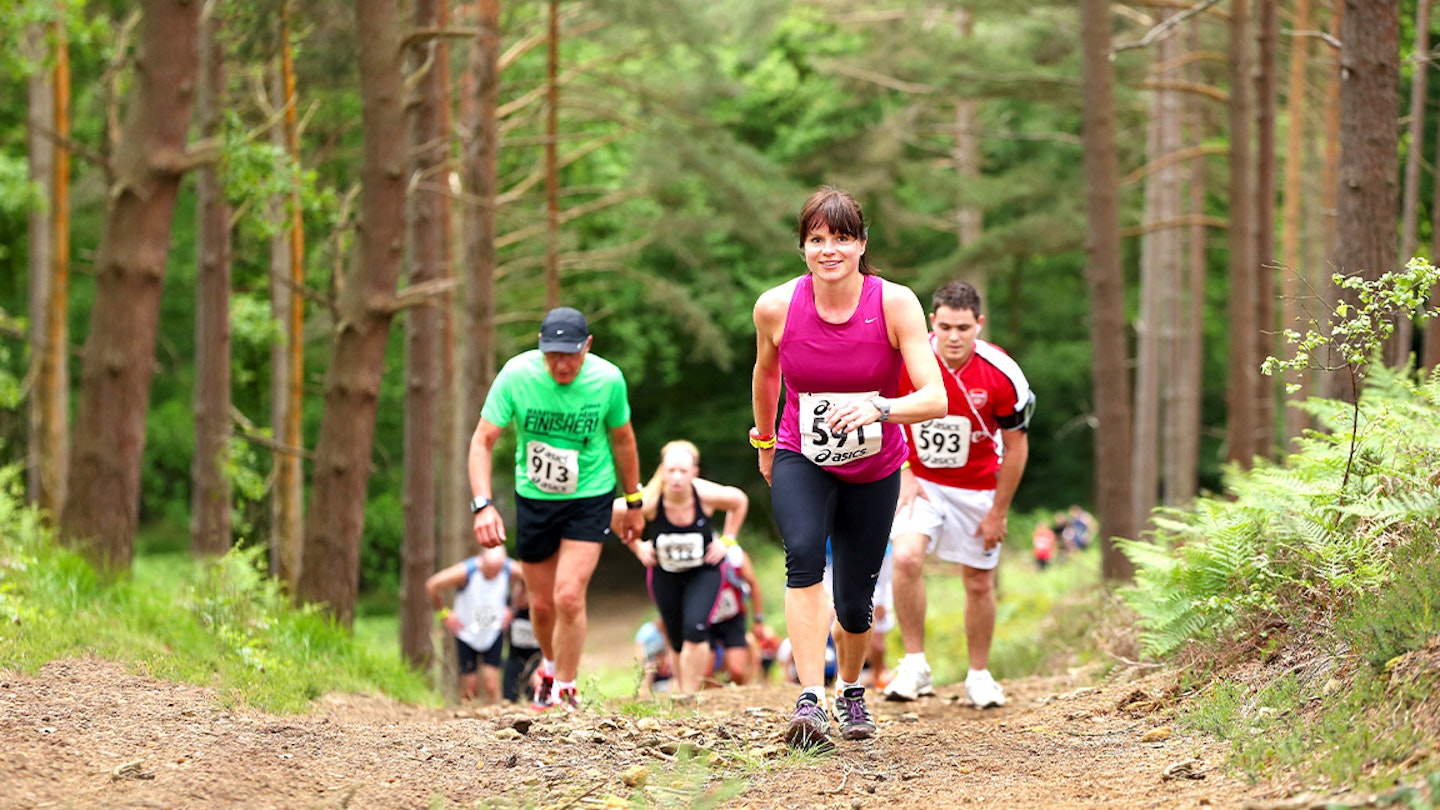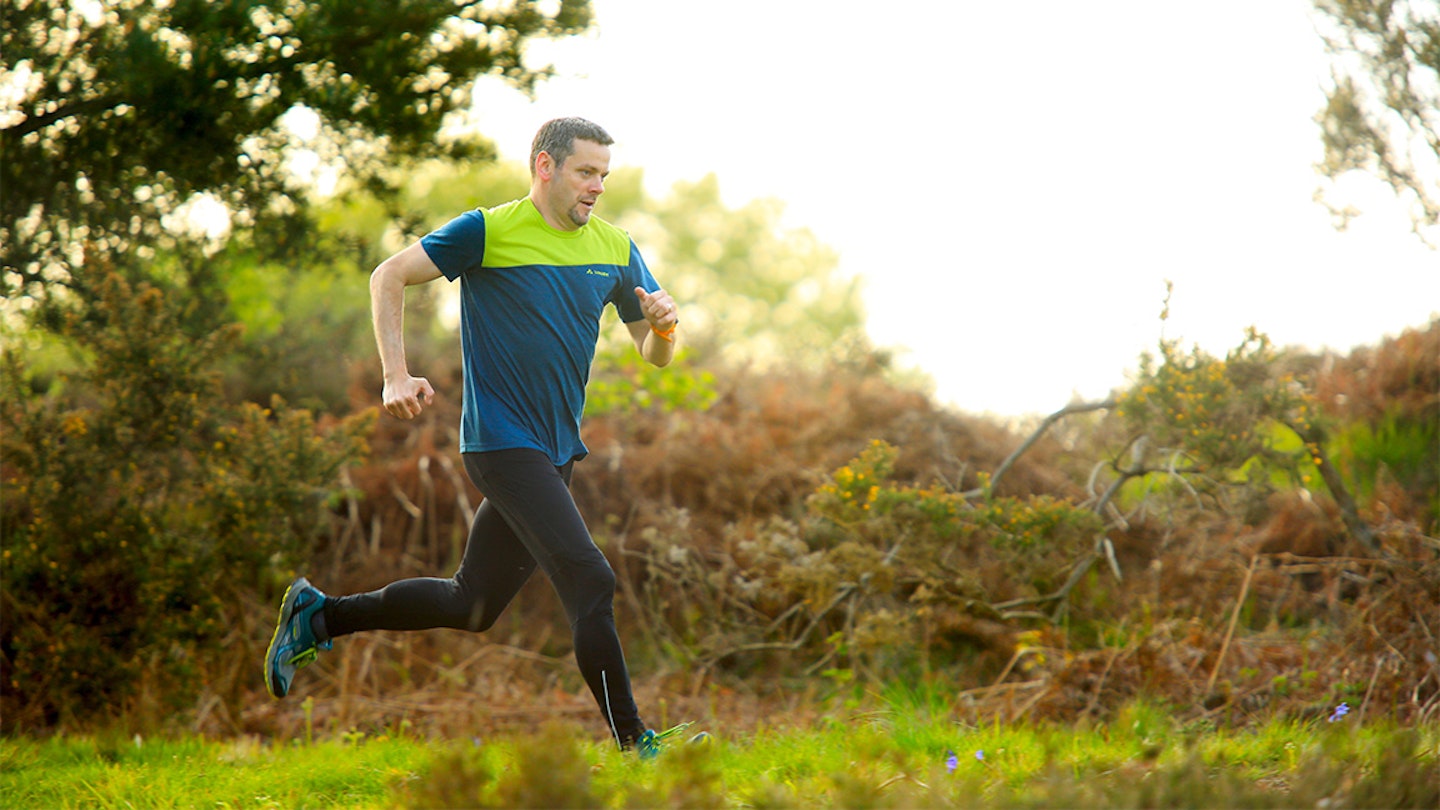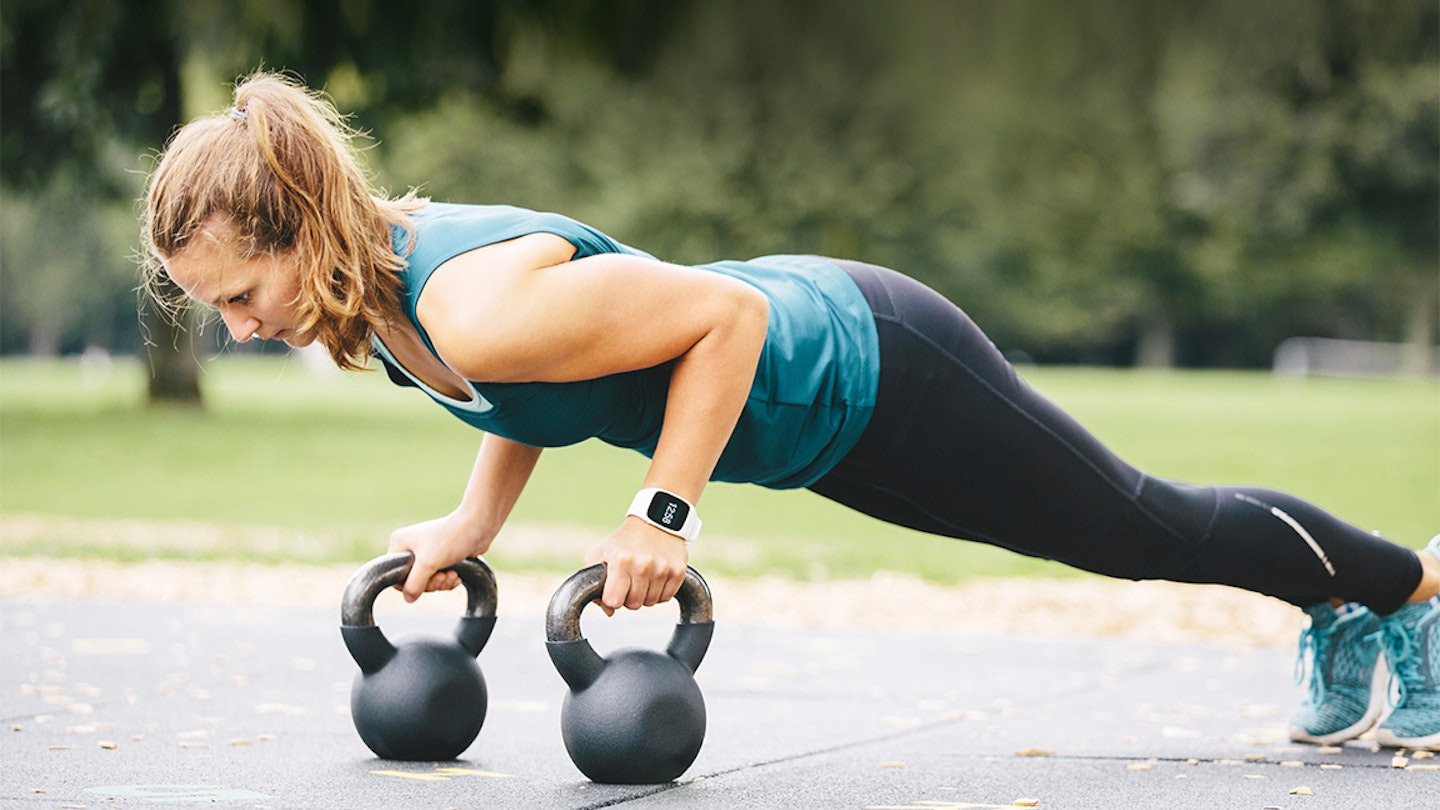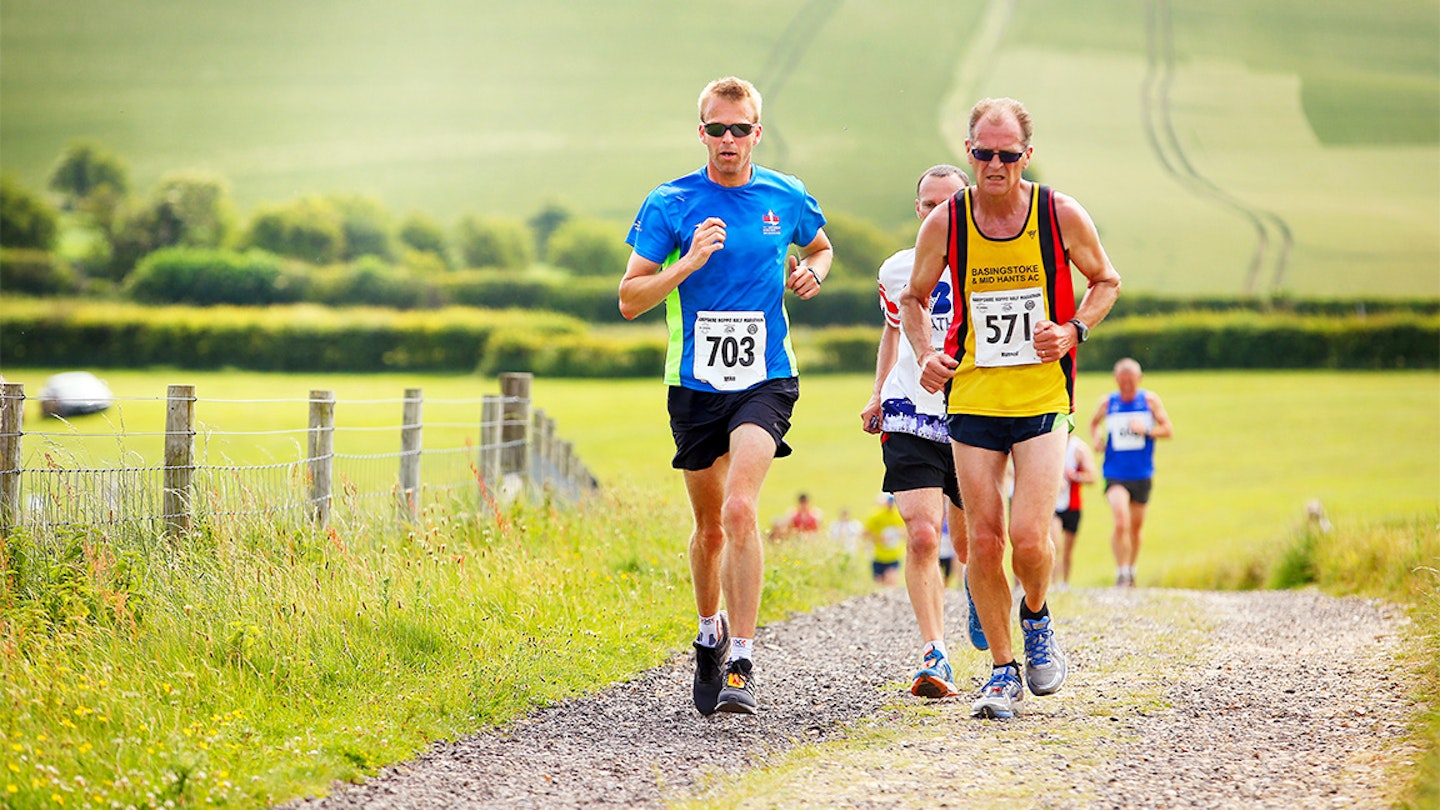As much as we’re all about trail running, we know that at this time of year a good number of you turn to the London Marathon and will want to know the best way to train for a marathon.
Well, the good news is that us trail runners have amazing core strength, mental tenacity and generally just better endurance than runners who stick to the road.
One such runner is Mike Gratton, a trail runner his whole life and former winner of the London Marathon - someone who knows what he’s talking about when it comes to nailing every one of those 26.2 miles.
We’ve also asked Lucozade Sport’s resident sports scientist Kat Shaw for her essential marathon advice for both training and the big day. Here are 15 key marathon practices to get you started.
How to train for a marathon

1. Get into good habits
The key to gaining endurance is consistency. It is much better to be running regularly than doing a few big sessions each week. Ideally, build up to five runs per week with a mix of distances and running speeds, the rest days can be active using the gym, yoga or Pilates. For more experienced runners, seven days per week could also work, just be sure to add in two slow active recovery runs to the mix.
2. Gauge your progress
Race several times over shorter distances and run a half marathon four or five weeks out from the marathon. This lets you know where you are at with your training, and also gives you an idea of what your realistic marathon target should be.
3. Mix up your pace

Stimulate the muscles with some running faster than marathon pace. This can be done as an interval session, such as 10 x 2mins fast, with 1 min recovery, or as a ‘tempo’ run inside your half marathon speed for 20mins (you can do this as a Parkrun).
4. Practice makes perfect
Practice your race day nutrition in advance – find out what you can run on and have that for race day breakfast. Try gels in training if you are going to use them in races, and practice taking on water during the run (but don’t run with a water bottle – it unbalances you).
5. Jog your muscle memory
Muscles have memory, so teach them what race pace feels like. As you get closer to the marathon, finish some of your long runs at your marathon speed. These are best done as ‘progressive’ runs – start at an easy pace, build to a steady pace through the middle of the run, then finish the last quarter at marathon pace.
6. Keep fuelled during the race

The stores of carbohydrate in your body will gradually decline during the race. To combat this and avoid fatigue, consume some carbs during the race such as sports drinks, gels, bananas or dried fruit. It is recommended on average to eat between 30g-60g of carbohydrate per hour – that’s one or two gels.
The best advice is to practice different strategies in training, find what works best for you, and replicate this on race day. But remember that everyone is different when it comes to the amount and type of fuel they can take on while running.
7. Take time to taper
Taper before your marathon, but not by too much. The ideal situation is to do your last long run two weeks out from race day, then start to reduce your total weekly mileage. Cut right back three days out from the big day and increase the amount of carbohydrate in your diet for two days. Make sure you return to a more normal diet the day before to avoid bloating though.
To stop yourself feeling like you’re losing impetus, incorporate more shorter duration ‘race pace’ efforts or shorter interval training to maintain fitness but allow increased periods of rest.
8. Conserve your energy
The marathon is about energy expenditure. The body prefers to use glycogen as its fuel but there is a limited supply, so it needs to learn to metabolise fat as a fuel. This adaptation is achieved best by doing the long runs in a steady state – around 70% of max HR, and also by doing some morning runs as ‘fasted’ runs (running without eating first), so the body gets used to running while glycogen levels are low.
9. Go long in training
The long training run is the most important element and the distance built up fairly quickly from 2-2.5h. Start running very easily initially and gradually increasing the pace as you get closer to marathon race day.
10. Build your core

A strong core is important to help you maintain your form during a race, particularly when you begin to fatigue. It is also a key part of injury prevention and will improve your running economy (how efficiently you run).
Equally, though running is likely to make up the majority of your training, other forms of exercise can also help you to achieve your marathon goals. Focused resistance training can help build strength in the main muscles used in running, and exercise such as swimming and cycling can help build and maintain fitness without the same impact on the joints.
11. Mimic the marathon route
If you know the course involves some hills or gradual inclines/ declines, be sure to practice these as they may require you to alter your running style or stride length, placing different demands on the body. If you can’t do this outside, you can alter the incline on a treadmill. Becoming familiar with the race route will also help you mentally prepare for the race.
12. Stretching is vital

When you increase your running volume you are likely to experience tightness and soreness in the muscles, particularly in the early stages of training when the body is still adapting to the workload.
Stretching regularly, especially during your cool down after a run, will help keep muscles and joints supple and reduce some of the soreness you may be feeling, getting the body ready to go again for your next session. Maintaining flexibility will also decrease your risk of injury.
13. Don’t get greedy
Put together a training plan at the start with the help of a coach or our marathon training plan and try to stick to it. If you fall behind and then cram too much running in near the start of the race, you will be more likely to sustain an injury. Towards the end, think about maintaining fitness rather than constantly trying to add to it – even if you do feel great. Seek advice from coaches, physiotherapists, and peers whenever you need it.
14. Find your optimum stride

Everyone has a running technique that works for them. Use the start of your training plan when distances are still short to try different stride lengths and find what feels best. You can also get your gait analysed by experts who will look at your technique, suggest how to be more efficient, and find the best shoes to support your running style.
15. Train to a clock
If possible, try to complete your long training runs at the same time of the day as the race itself will be. This allows your body to become accustomed to waking up and exercising at that time of day.
It also means that you can practice your nutrition strategy the night before, morning of and during the run so you know what expect come race day.
